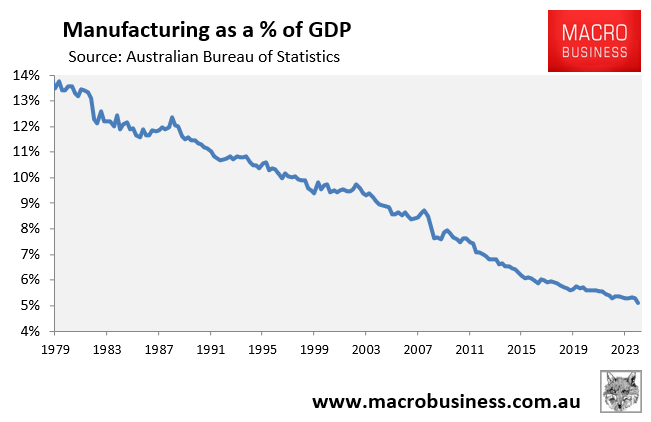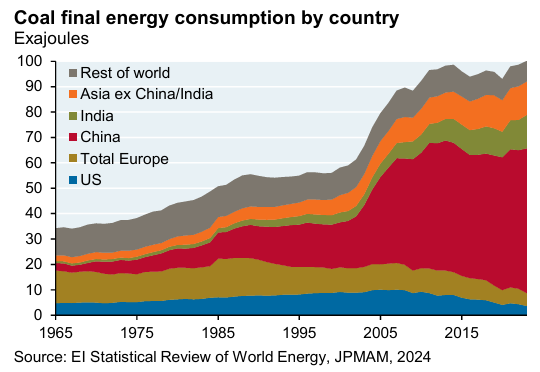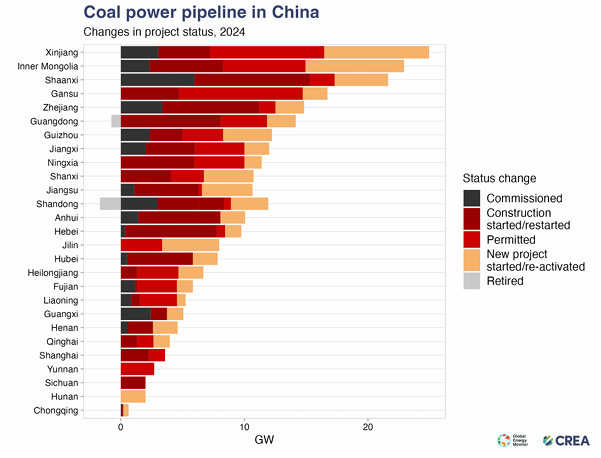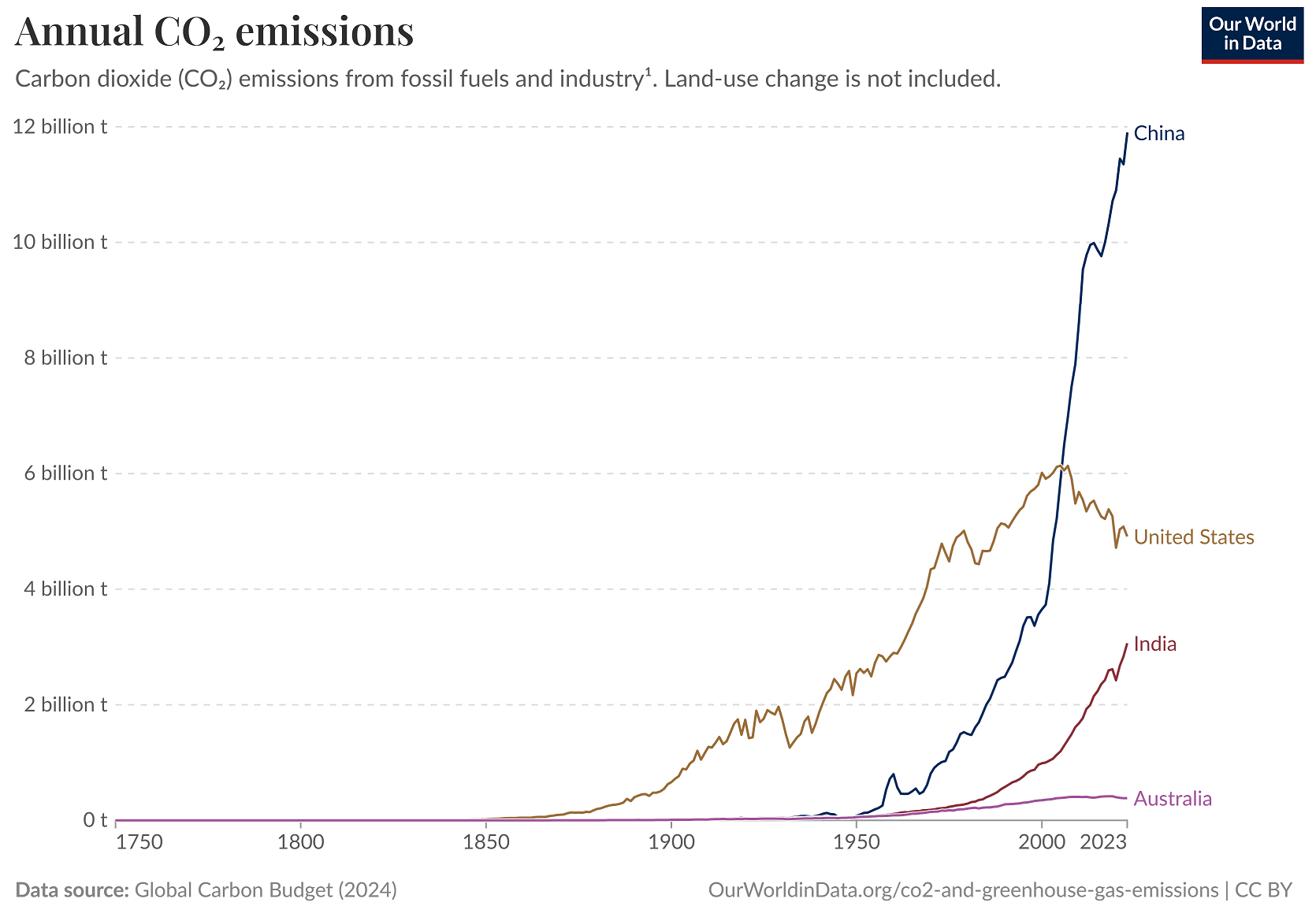I explained last week why Australia’s energy costs will inevitably soar as the nation replaces traditional baseload generation with renewables in pursuit of Labor’s 82% renewable energy target.
The reasons for the high cost of renewable energy are straightforward. They depend on the weather; therefore, they are intermittent and have low load factors. Renewables need backup generation and loads of storage. They also need a lot more network infrastructure to connect the web of generation sources.
The Snowy Hydro 2.0 pumped hydro project serves as an excellent case study.
Snowy Hydro 2.0 will use extra renewable power created during the day (mostly from solar) to pump water up to a raised reservoir, which will subsequently be released at night to generate hydroelectricity when there is no solar generation.
The cost of the Snowy Hydro 2.0 has risen dramatically. The former Coalition government under Malcolm Turnbull announced that the project would cost $2 billion and be finished by 2021. The government raised the cost to $6 billion, then to $12 billion.
Snowy Hydro 2.0 will also be connected via the 365-kilometer HumeLink in south-west New South Wales. This ‘green’ project is likewise falling behind schedule, and its cost estimate has risen to about $5 billion.
Problems continue to plague the Snowy Hydro 2.0 project, which remains under construction and a long way from completion.
Underground work was halted in February 2025 after an industrial-sized ventilation fan malfunctioned, sending shrapnel flying through the air.
This week, unions called a strike as they push for pay rises. ‘Fly-in, fly out’ workers have rejected a revised pay offer and will take industrial action on Wednesday.
The Australian Workers Union’s NSW secretary, Tony Callinan, says more than 1,000 workers will initially go on strike for 24 hours, and further industrial action is planned for early next week.
The workers and the unions that represent them are seeking a pay raise of more than 30% over four years, plus a superannuation contribution of 15% and a range of other benefits.
The fly-in fly out employees already earn more than $200,000 annually, but unions want an upfront payment to bring workers into line with tunnel wage rates in Melbourne where an entry-level tunneller can be paid $230,000 annually and more experienced tunnellers earn more than $300,000 a year, followed by 6% annual pay rises.
The upshot is that the final cost of Snowy Hydro 2.0 will escalate. The sky is the limit.
The estimated cost of the 2,000-megawatt QLD Borumba Pumped Hydro project has also soared by $4.2 billion to $18.4 billion, and it will not be completed until 2033 at the earliest. The costs will undoubtedly increase further.
Snowy Hydro 2.0 and Borumba are microcosms of the enormous costs of the renewable ‘revolution’, which have largely been overlooked in the CSIRO GenCost research and AEMO’s Integrated System Plan.
These pumped hydro projects do not generate any net electricity. They simply serve as storage for excess renewable production (mainly solar) during the middle of the day. Battery storage and the dispersed web of solar and wind generators scattered across the countryside are equally expensive.
The cost of constructing each renewable project raises the regulatory asset base and, ultimately, retail electricity costs.
Consumers will pay higher energy costs directly through their bills, as well as through their taxes to support renewable energy subsidies.
Energy costs will increase even further as traditional hydrocarbon generators are kept on standby as backup for when weather conditions are unfavourable and renewable generation and storage fails.

The ultimate costs of meeting Labor’s 82% renewable energy target are ginormous. They will kneecap the economy, increase inflation, and send manufacturing offshore to China, which will forever increase its coal consumption and carbon emissions.


Australia exports roughly five times more coal and four times more gas than it uses. Much of these coal and gas exports go to China and India, which are driving the growth in the world’s carbon emissions.

Instead of trying to be a ‘net zero’ hero, Australia should consume a bit more coal and gas at home and export a bit less, giving itself cheap and reliable energy.
Global carbon emissions would hardly change, Australia’s manufacturing sector would thrive, and living standards would be safeguarded.

